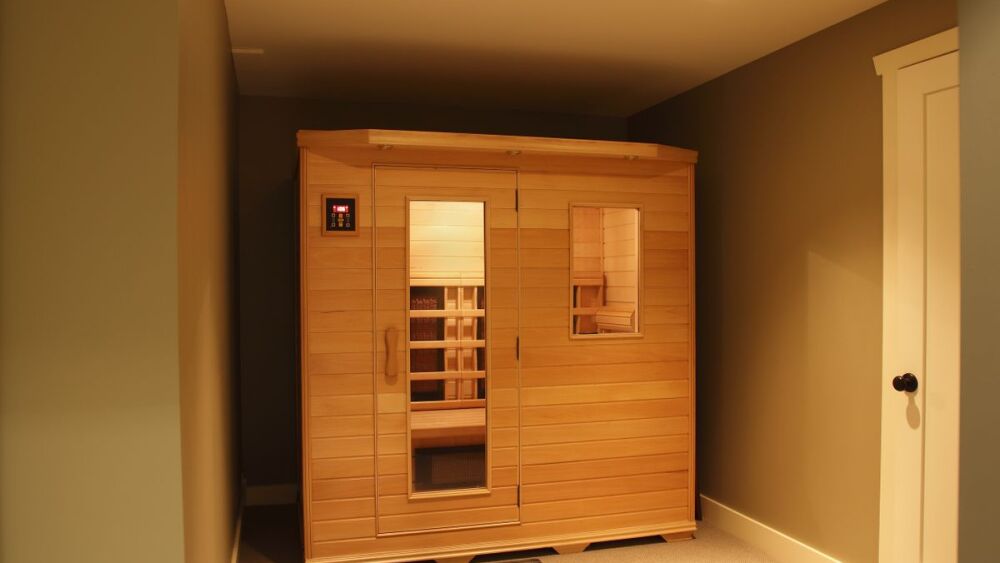Unlike cold water therapy, unsupervised or reckless use of heat can quickly lead to heat stroke, organ failure or death. Consult your doctor before starting any heat-related therapy. You will also need to pay close attention to your mineral and electrolyte levels to ensure your body is properly hydrated before starting any heat therapy.
Heat therapy, also known as thermotherapy, has a long history dating back to ancient civilizations and continues to be widely used in today’s healthiest societies. Heat therapy is the controlled application of heat to the body for various health benefits. These benefits can be both mental and physical.
But how we use heat therapy in law enforcement differs from the general population. Police officers face unique challenges due to their exposure to extreme weather conditions, particularly during record-breaking months like we have seen this summer.
This article will cover several types of heat therapy for law enforcement officers and how to acclimate your body to withstand extreme temperatures.
[For a downloadable version of the four tips police officers must keep in mind while participating in heat therapy, complete the box above.]
Types of heat therapy
There are many forms of heat therapy on the market. The most common heat therapy in the United States are hot tubs and steam rooms. These forms of heat therapy use moisture and humidity to increase your body temperature and relax muscles. Because of the higher humidity levels, the overall temperature can stay low – near 105 degrees Fahrenheit.
Dry saunas and infrared saunas are becoming popular options for home and commercial uses. They use a higher temperature and less humidity to increase body temperature and relax muscles.
Lastly, there are local applications like heat pads. These are great options for localized healing caused by injuries or muscle tightness, but they do not increase your overall health.
Benefits of heat therapy
Many academic studies document the benefits of heat therapy, specifically the use of traditional high-temperature dry saunas. Heat can reduce pain, relax muscles, improve circulation, reduce chronic inflammation and enhance flexibility. [1] In addition to physical benefits, saunas can also help with your mental well-being by drastically reducing stress and anxiety, while improving depression. [2]
Lastly, heat therapy can stimulate the production of heat-shock proteins (HSP). HSPs make healthy cells stronger by protecting cells against stress and injuries. The better your cells process stress, the more resistant and resilient you can become. When a person’s body is not producing HSP, cells are more susceptible to damage.
We have all heard the saying, “Stress is the silent killer,” and that is because the cells cannot fold correctly. HSPs help with the folding and stress processes. [3] When cells are under stress (for various reasons), the proteins in the cell fold. Correct folding is vital to maintain cell health and shape. When a cell protein doesn’t fold correctly, it can cause sickness or disease.
Putting the body through controlled stressors, primarily heat-related stressors, is the best way to increase HSP, which will help the body adapt to the natural stressors of a police officer’s job. But before you decide to jump into a 200-degree sauna, you must acclimate your body to tolerate the heat.
How to get acclimated to heat
Officers in high-heat states should start to acclimatize themselves long before the heat comes. The good news is that most officers work outside, so their body naturally adjusts as the weeks get hotter.When trying to acclimate to the heat, start small and slow. Never jump into high heat when your body is not ready for it.
Begin with an uncomfortable hot bath. For a “relaxing” bath, keep the water temperature at about 98 degrees. This temperature helps relax muscles and calms the mind. But if the goal is to tolerate more heat, increase the temperature to about 104 degrees Fahrenheit, which is the temperature of the average hot tub. Pay attention to how you feel. If you are feeling lightheaded, get out. Don’t push it. Once the body adjusts to the hot tub temperature, it is time to work toward higher temperatures using saunas.
Dry saunas and infrared saunas work the body much more than a hot bath or hot tub session, making them slightly more dangerous to use. Dry saunas heat the ambient air temperature, which increases body temperature from the outside. Infrared saunas use infrared lights to increase body temperature from the inside out.
The process for our body to become heat-acclimated is the same.
Start slowly for no more than five minutes at the desired temperature. This is important. Once your body can easily manage five minutes, gradually increase the time to 20 minutes at that same temperature. Once you can safely manage 20 minutes at a lower temperature, slowly increase the temperature by five degrees until you reach the desired temperature. Heat acclimation can take weeks, so take your time and don’t rush it. The time and temperature are very individualized, so pay close attention to what your body is doing.
Conclusion
Police officers face a variety of mental and physical stressors. Because of these circumstances, heat therapy may help. Controlled heat therapy relaxes muscles, decompresses the mind and changes cellular construction – making officers more resistant and resilient to their uncontrolled stresses. Furthermore, heat therapy can help the body acclimate to extreme weather conditions. Start slowly and acclimate correctly, drink water and pay close attention to how your body adjusts.
References
1. Heinonen I, Laukkanen JA. (May 1, 2018.) Effects of heat and cold on health, with special reference to Finnish sauna bathing. American Journal of Physiology: Regulatory, Integrative and Comparative Physiology; 314(5):R629-R638.
2. Caceres V. Surprising Benefits of Sauna Therapy. U.S. News.
3. Jacob P, Hirt H, Bendahmane A. (April 2017.) The heat-shock protein/chaperone network and multiple stress resistance. Plant Biotechnol J, (4):405-414.
[For a downloadable version of the four tips police officers must keep in mind while participating in heat therapy, complete the box above.]





